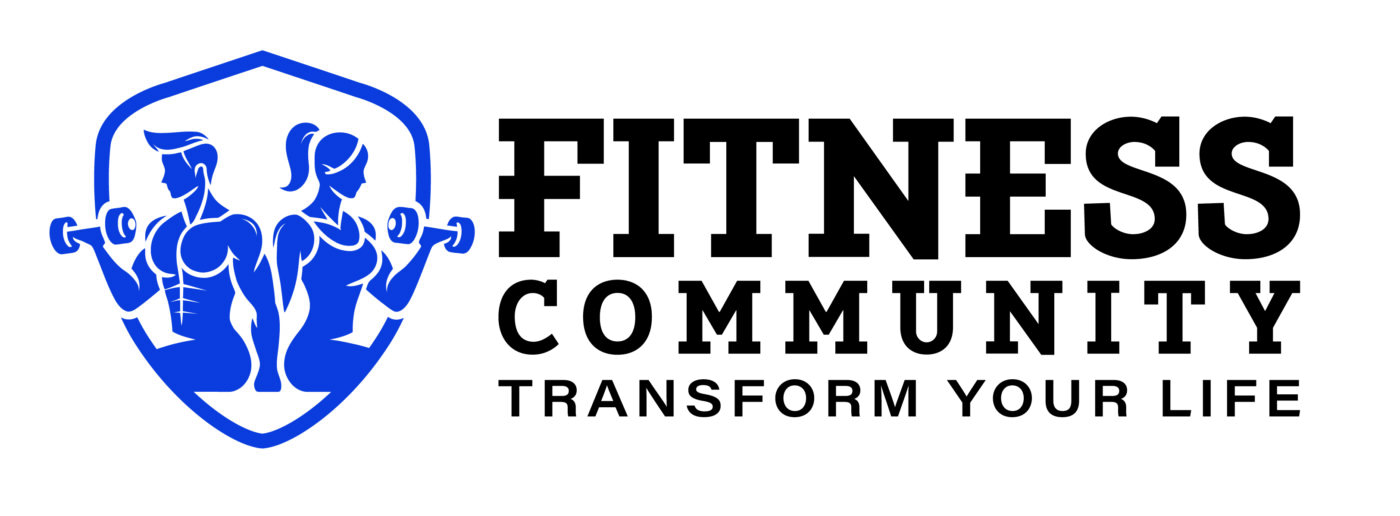WELLNESS AND MINDFULNESS
Yoga vs. Pilates: Choosing the Best Practice for Your Health Goals
Both yoga and Pilates are excellent low-impact exercises that enhance strength, flexibility, and balance. While they share some similarities, their core purposes and approaches are quite different. Understanding these distinctions can help you determine which practice best aligns with your fitness and wellness goals.
Key Differences Between Yoga and Pilates
Pilates is primarily designed to improve mobility, build strength, and alleviate pain. It focuses on core stability and functional movement, making it an excellent choice for injury recovery and posture improvement. In contrast, yoga emphasizes the mind-body connection through breathwork, meditation, and physical postures. While it also enhances strength and mobility, yoga prioritizes mindfulness and relaxation.
How to Decide Between Pilates and Yoga
Both practices offer significant health benefits, making the choice largely dependent on personal goals and preferences. Here are some factors to consider:
Posture and Core Strength: Pilates is particularly effective for those looking to strengthen their core and improve posture.
Mind-Body Connection: Yoga is ideal for individuals who want to incorporate mindfulness and stress relief into their fitness routine.
Flexibility and Balance: Yoga’s varied poses promote greater flexibility and balance.
Rehabilitation and Pain Relief: Pilates, developed for injury recovery, focuses on controlled movements to reduce pain and enhance mobility.
Cardiovascular Benefits: Some types of yoga, such as vinyasa or power yoga, provide a more intense workout that supports heart health.
A Closer Look at Yoga and Pilates Practices
Yoga: A Holistic Approach to Wellness
Yoga is an ancient practice that combines movement, breath control, and meditation. Different styles cater to various needs:
Hatha Yoga: A gentle introduction to basic poses and breathwork.
Vinyasa Yoga: A faster-paced, flowing sequence of movements synchronized with breath.
Bikram (Hot) Yoga: Practiced in a heated room to enhance flexibility and detoxification.
Prenatal Yoga: Designed for expectant mothers to promote relaxation and flexibility.
Popular poses include:
Cat-Cow Pose: Improves spinal flexibility and warms up the body.
Downward-Facing Dog: Stretches hamstrings, shoulders, and spine while strengthening the core.
Child’s Pose: A restorative position that relaxes the body and alleviates tension.
Pilates: Strengthening from the Core
Developed by Joseph Pilates in the early 20th century, Pilates is designed to enhance core strength and stability. It can be performed on a mat or with specialized equipment like the reformer, which provides resistance training.
Key Pilates exercises include:
The Hundred: A dynamic core exercise involving coordinated breathwork and arm movements.
Bridge Pose: Strengthens the glutes, hamstrings, and core while improving spinal alignment.
Health Benefits of Yoga and Pilates
Yoga Benefits:
Expands range of motion and flexibility
Reduces stress, anxiety, and symptoms of depression
Alleviates chronic pain, particularly in the lower back
Supports weight management and improves mindfulness
Decreases the frequency and severity of tension headaches
Pilates Benefits:
Enhances functional movement and balance for daily activities
Builds core strength, improving posture and stability
Boosts overall quality of life through controlled, intentional movement
Reduces anxiety and promotes relaxation
Helps manage pain associated with conditions like osteoarthritis and fibromyalgia
Safety Considerations
Both yoga and Pilates are generally safe and accessible for all fitness levels. However, proper form is crucial to prevent injuries. To stay safe:
Consult a healthcare provider before starting, especially if you have pre-existing conditions.
Choose a class suited to your experience level and seek certified instructors.
Stay hydrated and listen to your body’s signals.
Avoid overstretching or pushing beyond your comfort zone.
Final Thoughts: Which One Is Right for You?
Both yoga and Pilates offer incredible health benefits. If you seek a practice that enhances flexibility, mindfulness, and relaxation, yoga may be the ideal choice. If you want to strengthen your core, improve posture, and support injury recovery, Pilates is a great option. Ultimately, the best approach may be incorporating elements of both to create a well-rounded fitness routine that supports your overall well-being.

